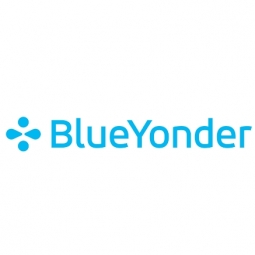公司规模
Large Corporate
地区
- America
国家
- United States
产品
- JDA® Freight Order Management
- JDA® Monitor
- JDA® Shipment Execution
- JDA® Transporation Planning
技术栈
- JDA Software’s Intelligent Fulfillment™ solution
实施规模
- Enterprise-wide Deployment
影响指标
- Cost Savings
- Productivity Improvements
技术
- 功能应用 - 运输管理系统 (TMS)
适用行业
- 食品与饮料
适用功能
- 物流运输
用例
- 车队管理
- 供应链可见性(SCV)
服务
- 系统集成
- 软件设计与工程服务
关于客户
好时公司成立于 1894 年,是北美最大的优质巧克力生产商,也是巧克力和糖果领域的全球领导者。该公司拥有 13,000 多名员工,营业额超过 50 亿美元,提供 Hershey's、Hershey's Kisses、Ice Breakers、Kit Kat、Reese's 和 Twizzlers 等标志性品牌。好时产品销往全球 90 多个国家。该公司在美国拥有八家制造工厂,在北美各地拥有制造合作伙伴。其五个成品配送中心每年必须处理美国和加拿大超过 20 亿磅的货物。此外,好时每年还运送超过 100,000 辆冷藏卡车出境货物。
挑战
好时公司是巧克力和糖果行业的全球领导者,其供应链复杂且全球化。该公司拥有 8 家美国制造工厂、5 家成品配送中心,每年有超过 100,000 辆冷藏卡车运出,因此面临着降低运输成本和应对燃油费上涨的挑战。该公司的供应链必须处理美国和加拿大每年超过 20 亿磅的货物,其产品销往全球 90 多个国家。作为 2007 年启动的一项整体运输计划“绿灯计划”的一部分,好时决定投资于与运输相关的流程和技术改进,以获得高投资回报。
解决方案
为了改进其运输规划流程,好时公司设定了目标,以整合入站原材料和出站成品量、招标连续运输、提高产能利用率、减少公司的空载里程/碳足迹,并为好时公司及其贸易伙伴创造整体协同效应。好时公司在 2007 年底制定了一项分为两个阶段的计划。第一阶段引入了连续运输的规划和执行,将好时公司设施之间的满载卡车运输连接在一起,以产生较低的每英里费率。该项目的第二部分旨在控制来自供应商的选定入站货运,并整合好时公司的入站和出站运输业务。为了实现这些目标,好时公司升级到最新版本的 JDA 运输规划,并实施了 JDA 货运订单管理,以实现入站货物的可视性。好时公司与 JDA 服务公司合作,以实现其运输改进目标。
运营影响
数量效益

Case Study missing?
Start adding your own!
Register with your work email and create a new case study profile for your business.
相关案例.

Case Study
The Kellogg Company
Kellogg keeps a close eye on its trade spend, analyzing large volumes of data and running complex simulations to predict which promotional activities will be the most effective. Kellogg needed to decrease the trade spend but its traditional relational database on premises could not keep up with the pace of demand.
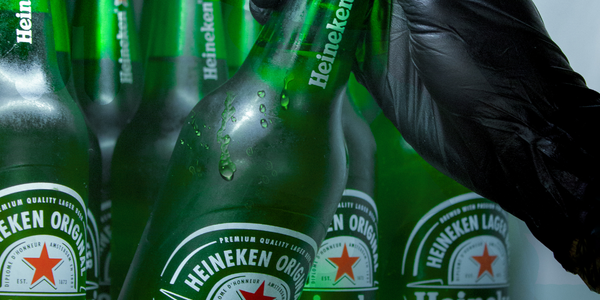
Case Study
HEINEKEN Uses the Cloud to Reach 10.5 Million Consumers
For 2012 campaign, the Bond promotion, it planned to launch the campaign at the same time everywhere on the planet. That created unprecedented challenges for HEINEKEN—nowhere more so than in its technology operation. The primary digital content for the campaign was a 100-megabyte movie that had to play flawlessly for millions of viewers worldwide. After all, Bond never fails. No one was going to tolerate a technology failure that might bruise his brand.Previously, HEINEKEN had supported digital media at its outsourced datacenter. But that datacenter lacked the computing resources HEINEKEN needed, and building them—especially to support peak traffic that would total millions of simultaneous hits—would have been both time-consuming and expensive. Nor would it have provided the geographic reach that HEINEKEN needed to minimize latency worldwide.
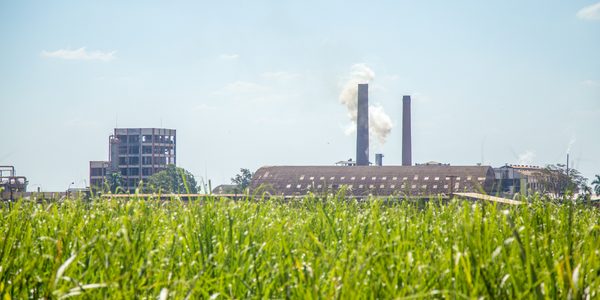
Case Study
Energy Management System at Sugar Industry
The company wanted to use the information from the system to claim under the renewable energy certificate scheme. The benefit to the company under the renewable energy certificates is Rs 75 million a year. To enable the above, an end-to-end solution for load monitoring, consumption monitoring, online data monitoring, automatic meter data acquisition which can be exported to SAP and other applications is required.
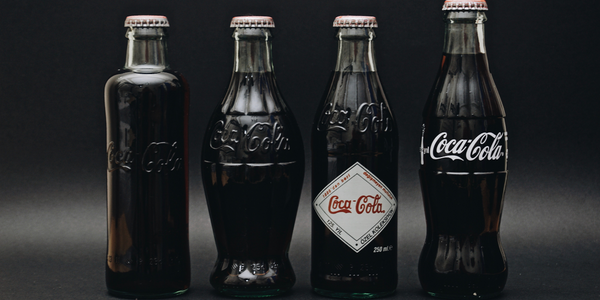
Case Study
Coca Cola Swaziland Conco Case Study
Coco Cola Swaziland, South Africa would like to find a solution that would enable the following results: - Reduce energy consumption by 20% in one year. - Formulate a series of strategic initiatives that would enlist the commitment of corporate management and create employee awareness while helping meet departmental targets and investing in tools that assist with energy management. - Formulate a series of tactical initiatives that would optimize energy usage on the shop floor. These would include charging forklifts and running cold rooms only during off-peak periods, running the dust extractors only during working hours and basing lights and air-conditioning on someone’s presence. - Increase visibility into the factory and other processes. - Enable limited, non-intrusive control functions for certain processes.
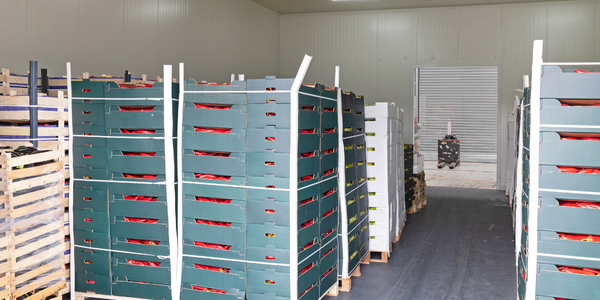
Case Study
Temperature Monitoring for Restaurant Food Storage
When it came to implementing a solution, Mr. Nesbitt had an idea of what functionality that he wanted. Although not mandated by Health Canada, Mr. Nesbitt wanted to ensure quality control issues met the highest possible standards as part of his commitment to top-of-class food services. This wish list included an easy-to use temperature-monitoring system that could provide a visible display of the temperatures of all of his refrigerators and freezers, including historical information so that he could review the performance of his equipment. It also had to provide alert notification (but email alerts and SMS text message alerts) to alert key staff in the event that a cooling system was exceeding pre-set warning limits.
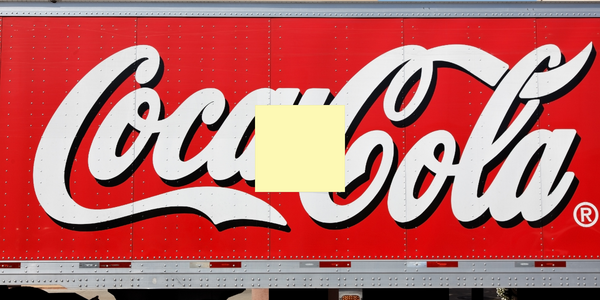
Case Study
Coca-Cola Refreshments, U.S.
Coca-Cola Refreshments owns and manages Coca-Cola branded refrigerators in retail establishments. Legacy systems were used to locate equipment information by logging onto multiple servers which took up to 8 hours to update information on 30-40 units. The company had no overall visibility into equipment status or maintenance history.




